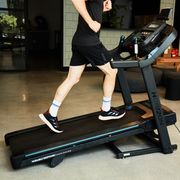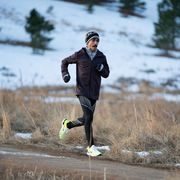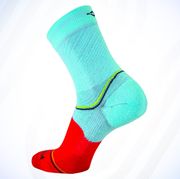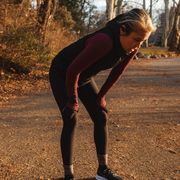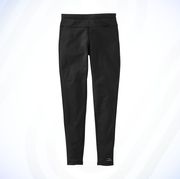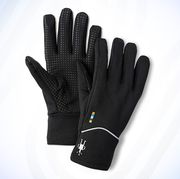The billboard announcing the inaugural South Pole Marathon in 2002 proclaimed it would be the chance of a lifetime. Runners could make history by joining a group of 40 to 50 intrepid athletes from around the globe to run the first-ever marathon to the South Pole.
As unique as that sounded for a true adventure seeker, in the end only three of us ended up running the full 26.2 when race day actually arrived.
There was a good reason for that, as I learned after flying to Antarctica. The Polar Plateau is the most remote and inhospitable place on the planet. The coldest temperature ever recorded was here, pretty much a life-zapping freeze of around minus 130 degrees. (That’s getting as cold as a winter on the surface of Mars.)
Thankfully, come race day, it was a balmy minus 42. There were a couple other impediments, too. There were shin-deep snowdrifts and sastrugi (dense ridges in the landscape) the size of gigantic breaking waves.
On top of these challenges was the altitude, with the South Pole sitting at more than 9,000 feet above sea level. As far as marathons go, this wasn’t a great Boston qualifier.
To deal with the harsh polar conditions, I wore a protective suit specifically designed by The North Face. Over my head and neck I had a thick fleece balaclava. Shielding my eyes were UV protective goggles, and a neoprene muffler covered my mouth and nose (breathing in the super chilled air directly could freeze your trachea).
It felt like I was about to run in scuba gear.
To prevent my feet from freezing into solid blocks, I wore a pair of Gore-Tex running shoes that were one size too big. Below my feet I placed two pairs of heavy-duty Grabber Foot Warmers, and on top of my toes I placed additional pair of warmers. The package said they would last for six hours. Come the time to run, I changed them every two because it was so frigid.
Remarkably, I completed the marathon (9:18) and, more importantly, lived. It was one of the most challenging things I’ve ever done. Being a part of the first group in history to run a marathon to the South Pole was a notable accomplishment.
But after the run, waiting at the South Pole, was an even loftier challenge. Allow me to explain.
Cliché as it sounds, at the South Pole there is an actual candy-striped barber pole. On top of this pole rests a large stainless steel orb. As I sat there admiring this cartoonish oddity, one of the other polar runners, a gentleman by the name of Don Kern, approached.
“That was incredible running to the South Pole,” he said. He then went on to note that we could “run around the world” by just running around that candy-striped pole—at the earth’s shortest circumference.
He was right. Don was the founder and race director of the Grand Rapids Marathon in Michigan, so he knew a thing or two about measuring and certifying courses. He had a point.
Then he upped the ante. He said that we should peel off all our warm layers and cap off an already memorable (but long) day by doing a few “laps” in our birthday suits in minus 40 degrees.
I inspected him closely, trying to gauge his state of delirium. None of us were thinking very clearly, but perhaps the polar isolation had impacted Don more severely. Not wanting to disrupt his sensibilities, I agreed.
Soon after that conversation, we had the dubious leather of not just running to the South Pole, but also “running around the world” naked.
As for the South Pole Marathon, the inaugural race was the only one. The logistics and potential hazards of the event were too impossible for that particular race.
But if you’re a true adventurer, there is still the Antarctic Ice Marathon and 100K, held every year since 2005. Not sure if I’ll be back for that, but I’ll always remember that first, freezing race.




